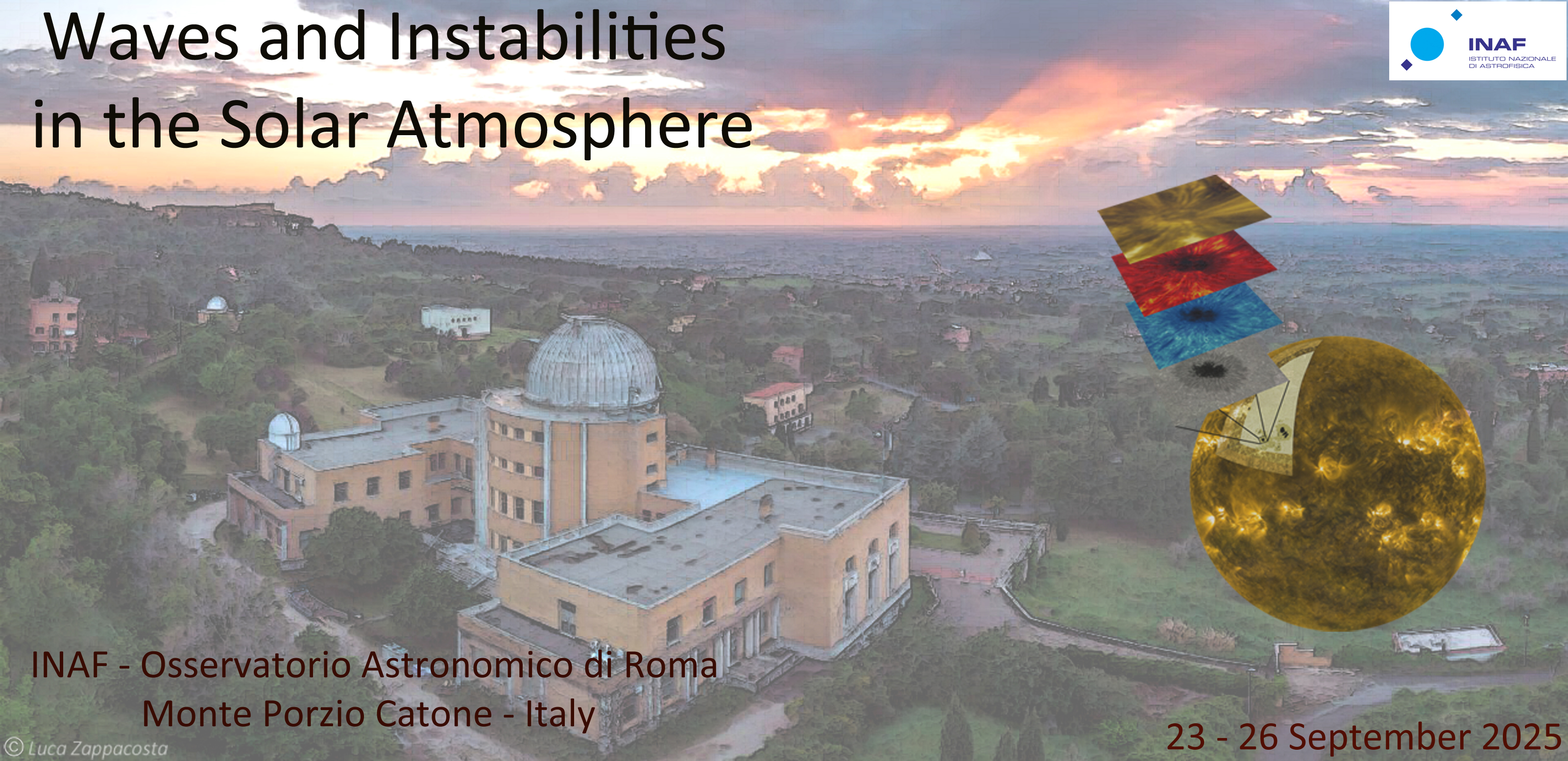Speaker
Description
Magnetohydrodynamic (MHD) waves are ubiquitous in the solar atmosphere and are key in many models for seismological or energy conversion processes. With the help of modern coronagraphs on board missions such as Solar Orbiter, Aditya-L1 and PROBA-3, it is now possible to study wave dynamics in the extended solar atmosphere in unprecedented detail. In our work, we aim to provide context to such observations using MHD modelling of waves in an extended solar atmosphere, studying their propagation in open and closed-field regions such as coronal holes and helmet streamers, respectively. Our model includes important physics such as spherical expansion, gravitational stratification, thermal conduction, radiative cooling, and a background wind that transitions from being sub-Alfvénic to super-Alfvénic. MHD wave energy can be dissipated via processes such as phase mixing. Together with ponderomotive forcing, this can perturb the local density and temperature. Additionally, our modelling provides estimates about how much of the wave energy can be trapped between density inhomogeneities. Such a large-scale model allows us to track wave dynamics, the formation of small scales and energy dissipation rates as wave fronts propagate from the Sun out into the solar wind.
| Sessions | Wave generation, energy transport, dissipation and heating |
|---|

